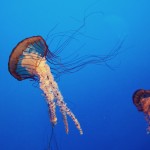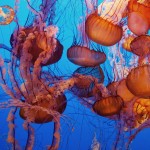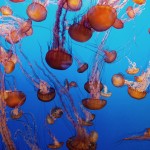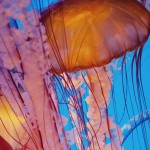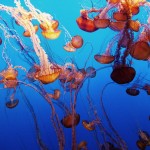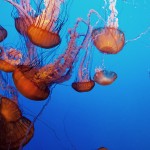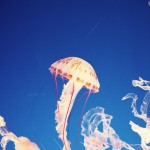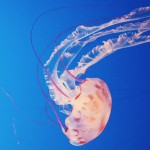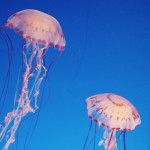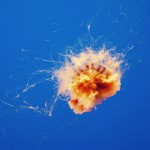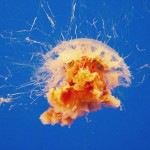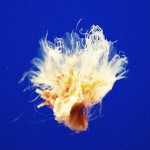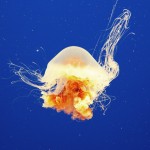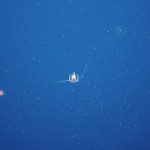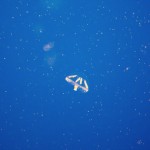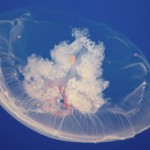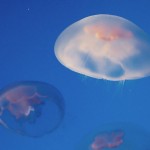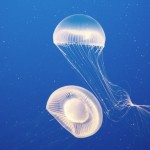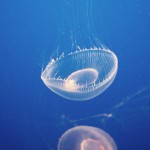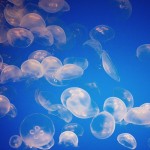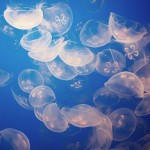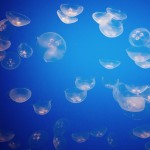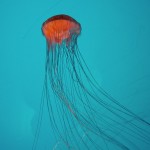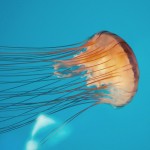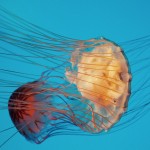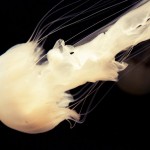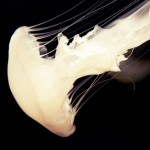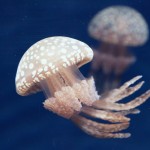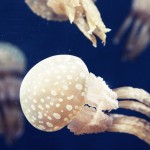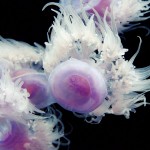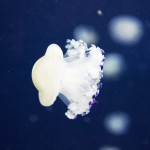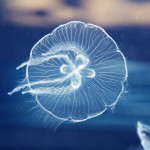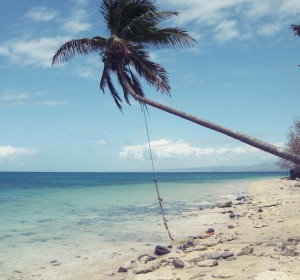No Heart, No Brain
No Heart, No Brain.
Thought to have been around for over 650 million years, these primitive evolutionary survivors can range from the size of a pin head, to over 8ft in diameter with tentacles stretching out for up to 50 meters. Comprised of 95% water, Jellys have no need for respiratory or circulatory systems. They have no blood, no hearts, no bones, no eyes or brains, and do not posses a central nervous system like that of more complex lifeforms.
These ancient asexual marine creatures can be found drifting the ocean currents or using their bell shaped medusa heads to move through the worlds seas. Jellys manage to kill more people per year than Sharks, and one particular species of Jelly is said to be immortal, possessing the ability to revert back to its infant state after mating and reaching sexual maturity.
Jellyfish also provide us with somewhat of an evolutionary enigma. Given the complexity of the jellyfish’s anatomy and hunting techniques, it’s hard to imagine how “developmental” species could have survived while a non-jellyfish was evolving into a “modern” jellyfish.
Each of the jellyfish’s special features, from the sacs that keep it swimming upright to the sensory organs that alert it to passing prey and the nematocysts, critical for stunning or killing that prey – is vital for its survival. So, logically, any phase that did not have these features fully developed would have led to extinction fairly quickly. The only alternative, then, is that jellyfish must have always been jellyfish.
Either way these are truly fascinating creatures and give us a beautifully surreal glimpse back in time on life’s evolutionary journey.
Related projects

Flares & Train Yards
Find a derelict train yard in London, get some SOS Marine Flares, then swing them about in front of a camera. The following set of photos does
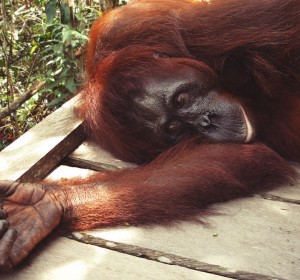
Borneo – Indonesia
Borneo Indonesia Orangutans are a species of great ape found only in South East Asia on the islands of Borneo and Sumatra. The gentle red ape
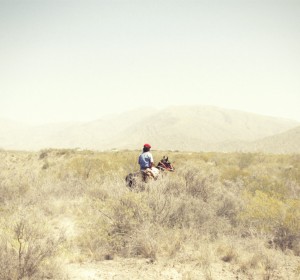
Land of the Gauchos
Land of the Gauchos The term gaucho comes from the word ‘huacho’ meaning ‘orphan’ or ‘vagabond’. It was coined in the 18th century to refer to
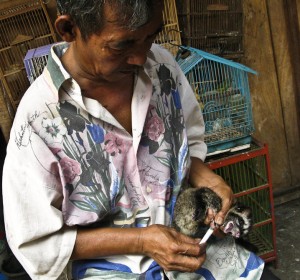
Jawa (Java)
Jawa(Java) Indonesia Java is the most populous island in Indonesia providing many contrasts of scenery, people, religions and cultures. With 120
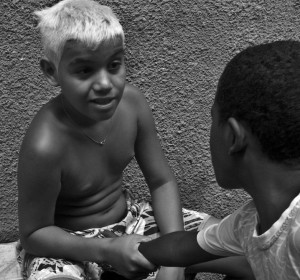
Vida Na Favela
VidaNaFavela Rio de Janiro, Brazil A ‘fevela’ is the generally accepted term for a shanty town in Brazil. Its approximated that
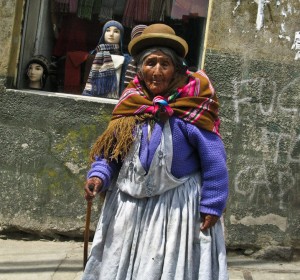
Mujeres Bolivianas
MujeresBolivianas La Paz, Bolivia In January 2010, Bolivia’s President Evo Morales began his second term by appointing a new cabinet in which
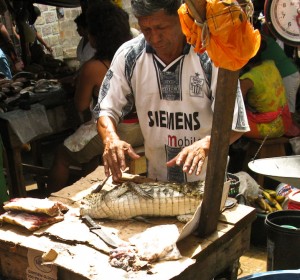
Amazonia (Iquitos)
Amazonia Iquitos, Peru Nearly 2,000 miles up-river from the mouth of the Amazon lies the jungle-locked city of Iquitos. Accessible only by boat



